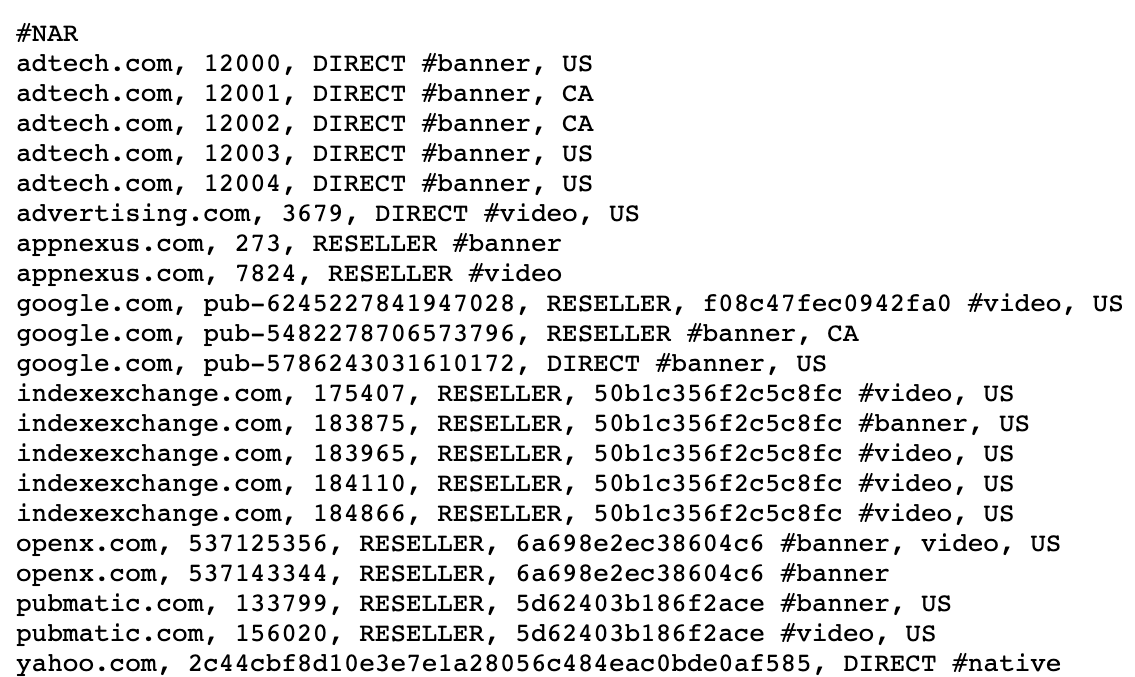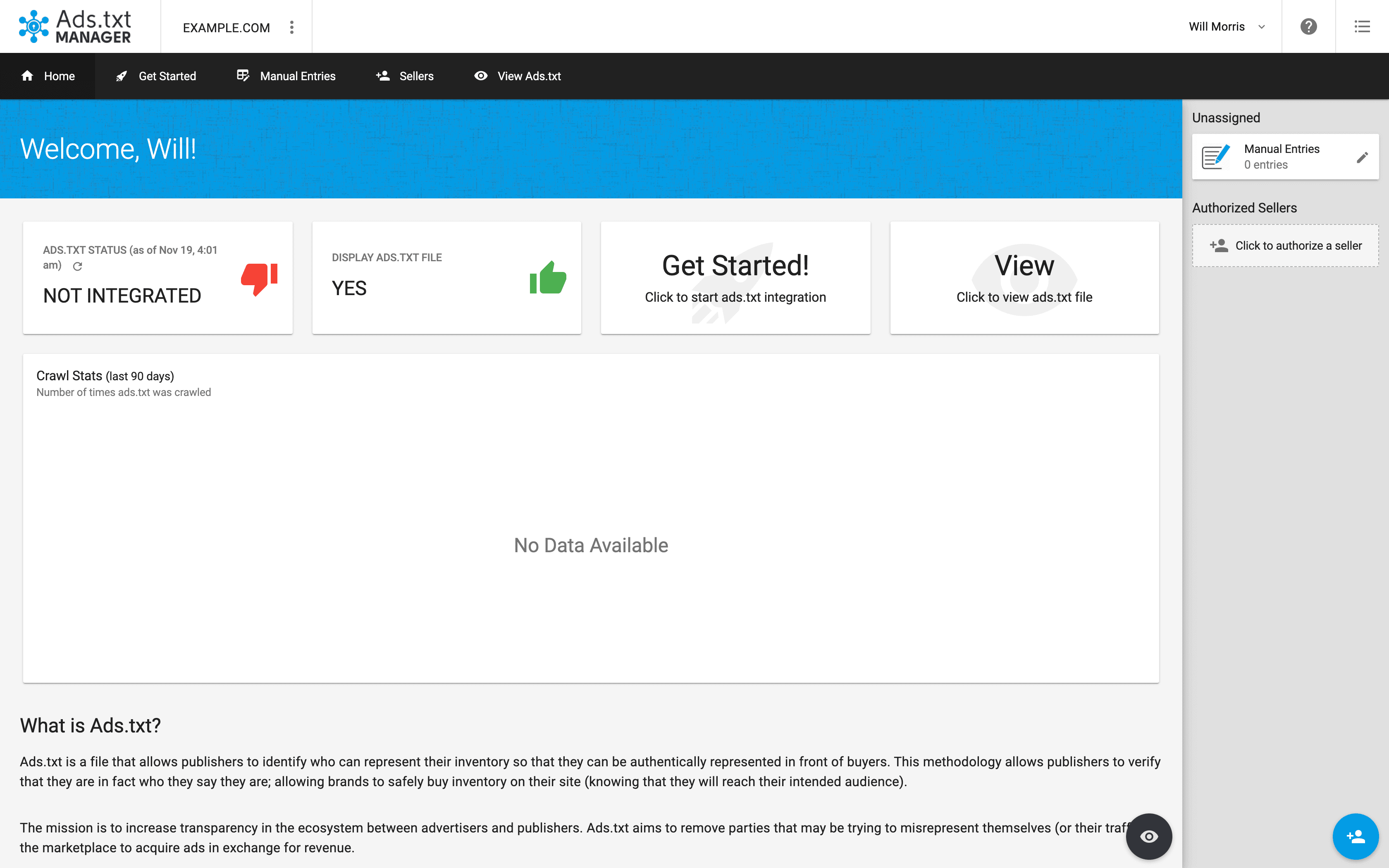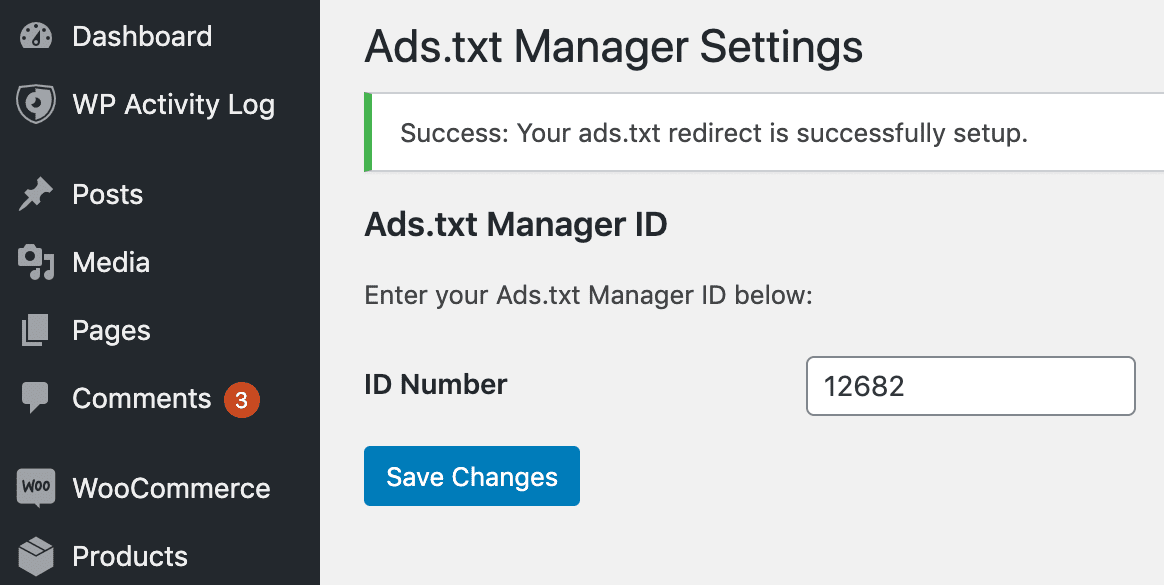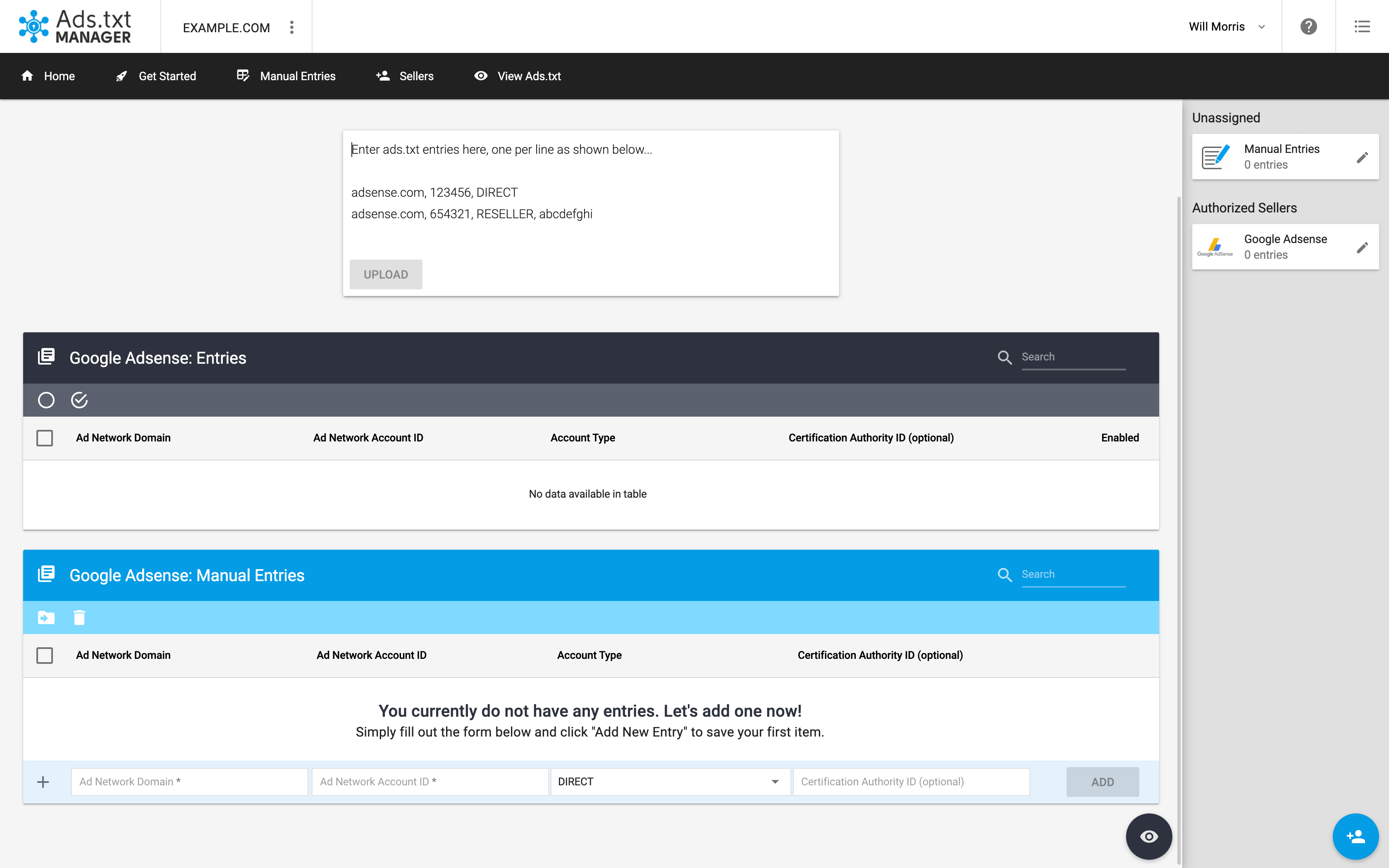Global advertising is big business – to the tune of tens of billions of dollars turned over annually. As such, you’ll find many who want to jump on the bandwagon, hoping for a slice of the pie. While most are relatively well-meaning, there are others who look to game the system and commit shady or otherwise illegal practices. An ads.txt file is a simple solution to this complex problem.
In this article, we’ll look at why you’d want to use an ads.txt file, and how to create one. However, first, let’s discuss what an ads.txt file is in more detail.
Here we go!
Understanding What the Ads.txt File Is (And What It Can Do)
First off, while the ads.txt file is related to the advertising industry, the file name is actually an acronym. The Authorized Digital Seller (ADS) file was developed by the IAB Tech Lab to help combat fraud within online advertising. In a nutshell, it helps site owners decide which companies can sell ads on their websites.
The basic premise of the file is that it contains a list of approved sellers of the website in question. Once you’ve uploaded one to your server, brands can check it to see whether there is a legitimate connection between your site and a specific company selling ad space on it.
To give a real-world (albeit overly simplified) example, imagine you’ve made ad space on your site available via Network A. X Brand wants to place ads for its new product on your site, and Network A suggests this is possible through its services. However, before they finalize the agreement, X Brand might check your site for an ads.txt file to see whether the network is on your authorized list.
This enables brands and advertisers to avoid bidding on ads that aren’t authorized. There are lots of other ways this file is used, but overall, consider it the equivalent of someone telling a bouncer to let their friend into the party.
As we noted, the ads.txt file is a straightforward solution to a more complex set of problems. Next, we’ll discuss why this is the case.
Why You’d Want to Use an Ads.txt File
Unfortunately, not every relationship your forge is going to be legitimate. What’s more, the global ad industry is massive, with billions in turnover up for grabs yearly. Combine these factors, and you get a few crafty companies looking to make a quick buck at everyone else’s expense.
There are two malicious acts that an ads.txt file is designed to circumvent:
- Domain spoofing. This can take a few different forms, but here, a URL within an ad tag can be changed maliciously. This leads the user to a site that looks similar to the legitimate one, but isn’t. Domain spoofing is the most common form of ad fraud you’ll find.
- Inventory arbitrage. While this isn’t specifically ad fraud, it’s still a shady practice that can cut into revenue. Here, ad impressions are bought, packaged, and resold by a third-party for a higher price. Consider it akin to ticket scalping, or selling knockoff band t-shirts outside of a concert venue.
Of course, there is a knock-on effect for companies not involved in these types of practices. They’ll need more resources for web development and administration over the ads.txt file. However, given that there will likely be a monetary gain involved in the long run – and peace of mind knowing that connections are legitimate – it’s arguably a price worth paying.
Brands that want to place ads for their products or services around the web have a lot to lose if they’re in any way connected to ad fraud. If a lead clicks on an ad for your business and it takes them to a fake site where they’re scammed, they probably won’t click on any more ads for your brand in the future – even legitimate ones.
Likewise, site owners looking to display ads could quickly ruin their own reputations inadvertently by publishing fraudulent promotions. Even if you didn’t know you were doing it, users will be less likely to trust you going forward if an ad on your site ended in a bad experience for them.
How to Create an Ads.txt File (2 Methods)
While we’ve discussed how the situation surrounding ads.txt files is complex, implementing the file itself is something practically any site owner can do. Next, let’s look at two approaches, starting with the hands-on route.
1. Manually Create the File
If you take a look at a site’s ads.txt file – such as this one from the Huffington Post – you’ll notice each entry has four parameters:

Here’s what each one means, in left-to-right order:
- The domain name of the advertising system or ad exchange. This is simply the root domain of the authorized company.
- Your publisher account ID. This corresponds to your account ID within the advertising platform in question. For AdSense users, Google has a great tutorial on finding your publisher ID and adding it to ads.txt files.
- Relationship type. This will either be DIRECT or RESELLER, depending on the exact working relationship.
- Inventory type. This optional field is an ID related to the advertising platform. For example, Google uses the same unique ID for all connections.
As such, putting everything together is simple enough. You’ll need to open a new text file, add the authorized seller’s details to the file, then save it as ads.txt. For example, if you were declaring Google AdSense, you’d add the following (changing the placeholders accordingly):
google.com, [pub-ID], DIRECT, [unique-id]
When you’re done, you’ll need to upload the file to the root directory of your server through File Transfer Protocol (FTP). We’ve previously published a piece on how to accomplish this. If you’re looking for a suitable FTP client, Cyberduck, and FileZilla are both easy to pick up and free.
2. Use a Dedicated Plugin to Create the File
While you could install a plugin such as Advanced Ads to help you create an ads.txt file, its wealth of other features and functionality might be overkill for your needs. Advanced Ads would be a great option if you’re displaying ads on your website and is at the top of our list for best WordPress Ad plugins.
But, for just the ads.txt file, we’ll take a look at Ads.txt Manager:

Once you’ve installed and activated the plugin, you may need to sign up for a free account at the Ads.txt Manager website. When you’re ready, click on the Get Started! button in the Ads.txt Manager dashboard:

You’ll be shown an onboarding wizard, but for the purposes of this article, you’ll want to skip to screen 4. This shows your account ID, which you’ll want to copy and paste into the corresponding field within the Settings > Ads.txt Manage Settings screen of your WordPress admin dashboard:

Once you save your changes and receive a confirmation message, head back to the Ads.txt Manager dashboard and click on the Sellers tab. Here, you’ll want to select your authorized parties by clicking on the blue Authorize button, before clicking on Manage.
On the next screen, scroll down to the bottom and populate the fields within the Manual Entries section, and click on Add:

At this point, your ads.txt file should be up and running.
Conclusion
Fraud and other types of shady behavior are well-known factors wherever money can be found and made. Unfortunately, this is also the case with global online advertising, which rakes in billions every year. As such, well-meaning ad experts are always looking for ways to eradicate bad practices and keep the money flowing in the right direction.
This post has looked at two ways you can create an ads.txt file:
- Create the file manually.
- Use a plugin, such as Ads.txt Manager, to create the file.
Are you considering using an ads.txt file? Let us know your thoughts in the comments section below!
Article image credit: VectorMine/shutterstock.com









Leave A Reply